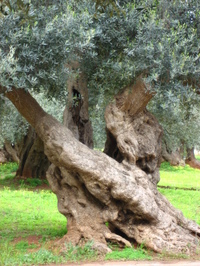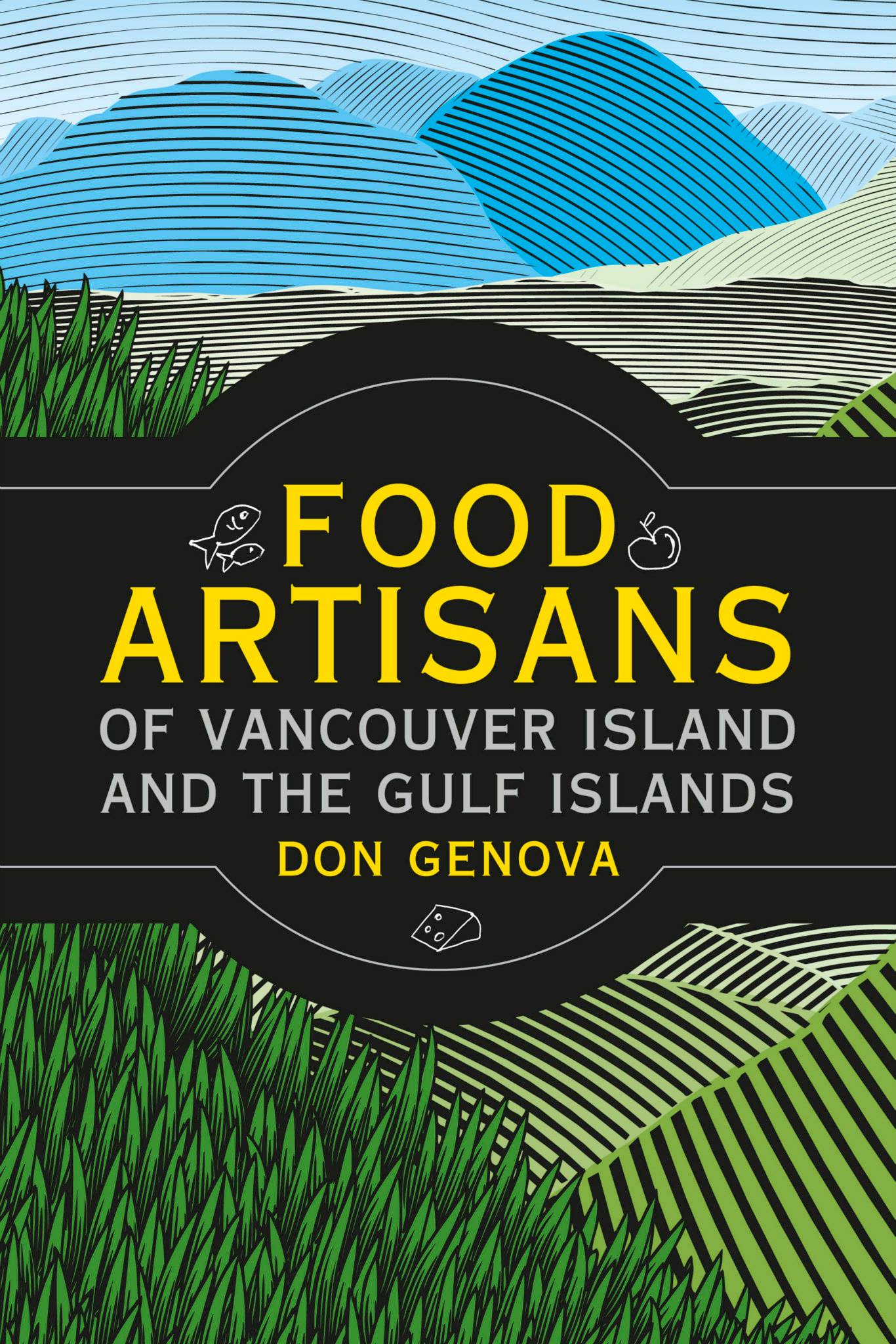 This week on Food For Thought, a visit to an olive grove with trees that are at least 500 years old, and a subterranean olive mill at least that old as well. Here’s the audio file and a link to more photos and text from Puglia, including shots of the underground olive oil mill.
This week on Food For Thought, a visit to an olive grove with trees that are at least 500 years old, and a subterranean olive mill at least that old as well. Here’s the audio file and a link to more photos and text from Puglia, including shots of the underground olive oil mill.
I am in the midst of creating a podcast that will feature this documentary as well as one I did a few years ago about an olive grove planted and thriving on BC’s Pender Island. The podcast will also include some video clips of my trip to Puglia. In the meantime, I also promised to repeat the tips about the purchase and storage of olive oil:
So how do you choose a good quality oil? If it says extra-virgin on the label, that means it is the first, cold pressing of the olives. UPDATE: In studying for my olive oil technology exam today, I realize the idea of first cold pressing is out of date. Because modern mills use a continuous centrifugal press, there is no second pressing of the olives. To read more about the grading and production of olive oil visit the Olive Oil Source. If you choose to purchase extra-virgin, then you need to smell and taste. Unfortunately, it’s not like going to a wine bar where you could try 3 or 4 different wines in an evening. Some gourmet grocery stores may have tasting stations and that’s a good start. An oil should smell fresh, perhaps grassy or fruity, not rancid. The taste is a personal discovery. Some people like oils with a real peppery finish that leaves a bite in the back of your throat. Others want something smoother. It depends on what you are using it for, dressing a salad, drizzling over some warm vegetables or garnishing a soup. Buy small bottles to start with until you find something you like. Keep your oil away from heat and light, and use it up within a few months. And remember, like wine, every year brings a different harvest and different flavours.


